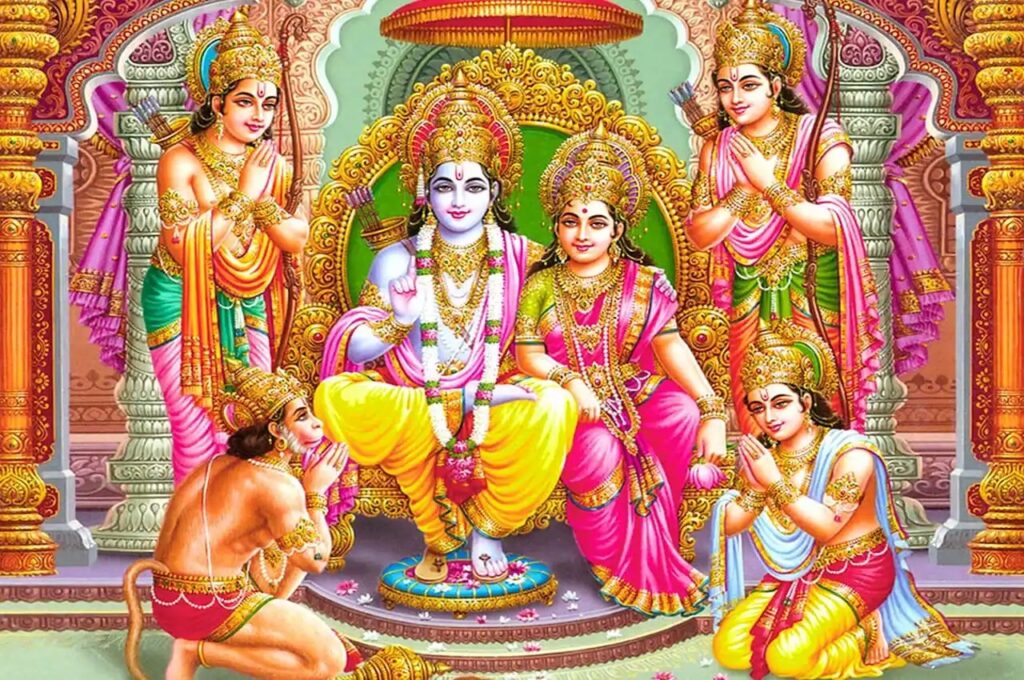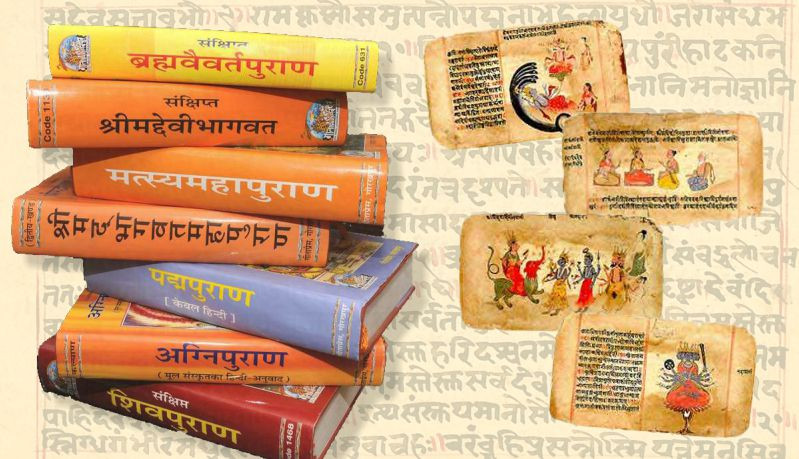Worship & Rituals
Hindu worship and rituals, known as puja and samskaras, are rich, diverse, and deeply symbolic practices that vary by region, tradition (sampradaya), and personal preference. Here’s an overview of the key elements:
1. Core Concepts in Hindu Worship
Deities: Hindus worship many deities (gods and goddesses) as expressions of the one ultimate reality, Brahman. Common deities include Vishnu, Shiva, Lakshmi, Durga, Ganesha, and Saraswati.
Murti: The deity is often worshipped in the form of a murti (idol or image), which is believed to be a physical embodiment of divine presence when properly consecrated.
Bhakti: Devotion (bhakti) is the emotional and spiritual connection between the devotee and the divine.
2. Daily Worship (Nitya Puja)
Performed at home or in temples, typically includes:
Cleaning and preparation of the space and oneself.
Lighting of lamps (deepa) and incense.
Offering of food (naivedya), flowers, water, and sandalwood paste.
Chanting of mantras and recitation of prayers (e.g., Gayatri Mantra, Om Namah Shivaya).
Aarti: Circling of a lamp in front of the deity while singing devotional songs.
3. Temple Worship (Mandir Puja)
Priests (pujaris or archakas) perform elaborate rituals.
Darshan: The act of seeing and being seen by the deity.
Abhishekam: Ritual bathing of the deity with substances like milk, honey, ghee, and water.
Prasad: Blessed food distributed to devotees.
4. Samskaras (Life-Cycle Rituals)
These are sacred rites marking major life events:
Garbhadhana – Conception ceremony
Namakarana – Naming of the child
Annaprashana – First feeding of solid food
Upanayana – Sacred thread ceremony (initiation into study)
Vivaha – Marriage
Antyeshti – Funeral rites
5. Special Rituals and Festivals
Navaratri, Diwali, Holi, Maha Shivaratri, Rama Navami, etc., each with specific rituals and significance.
Vratas: Fasting and vows observed on auspicious days (e.g., Ekadashi, Karva Chauth).
Homas/Yajnas: Fire rituals performed by priests with offerings to Agni (fire deity), invoking blessings.
6. Key Ritual Items
Bell (ghanta): To awaken the deity.
Kalasha: Sacred pot symbolizing abundance and purity.
Kumkum, Haldi, Chandan: Red, yellow, and sandalwood powders used in offerings and blessings.
Conch (shankha): Blown during rituals to purify the environment.
7. Philosophical Context
While rituals are external expressions, many Hindus view them as means to cultivate inner discipline, purity, and connection with the divine. Some sects, like Advaita Vedanta, emphasize internal worship and self-realization over rituals.




